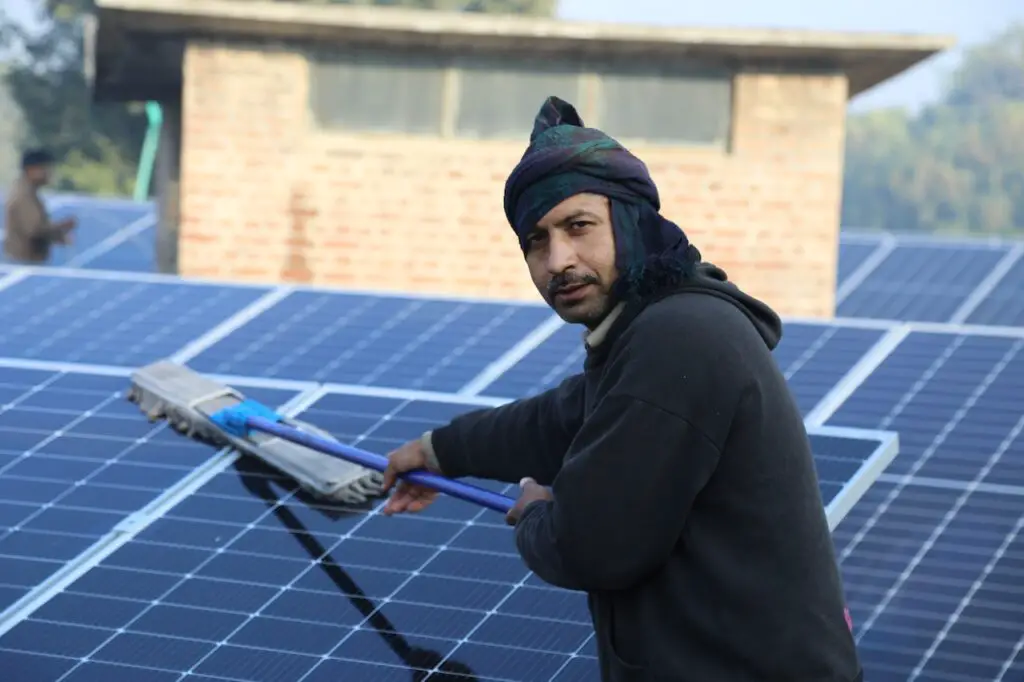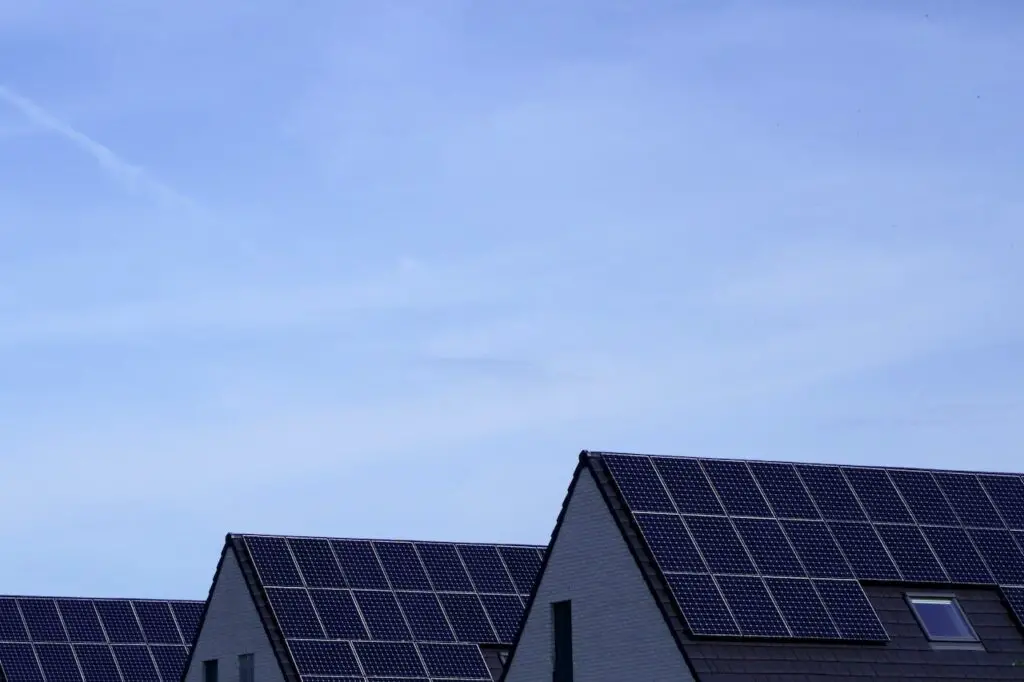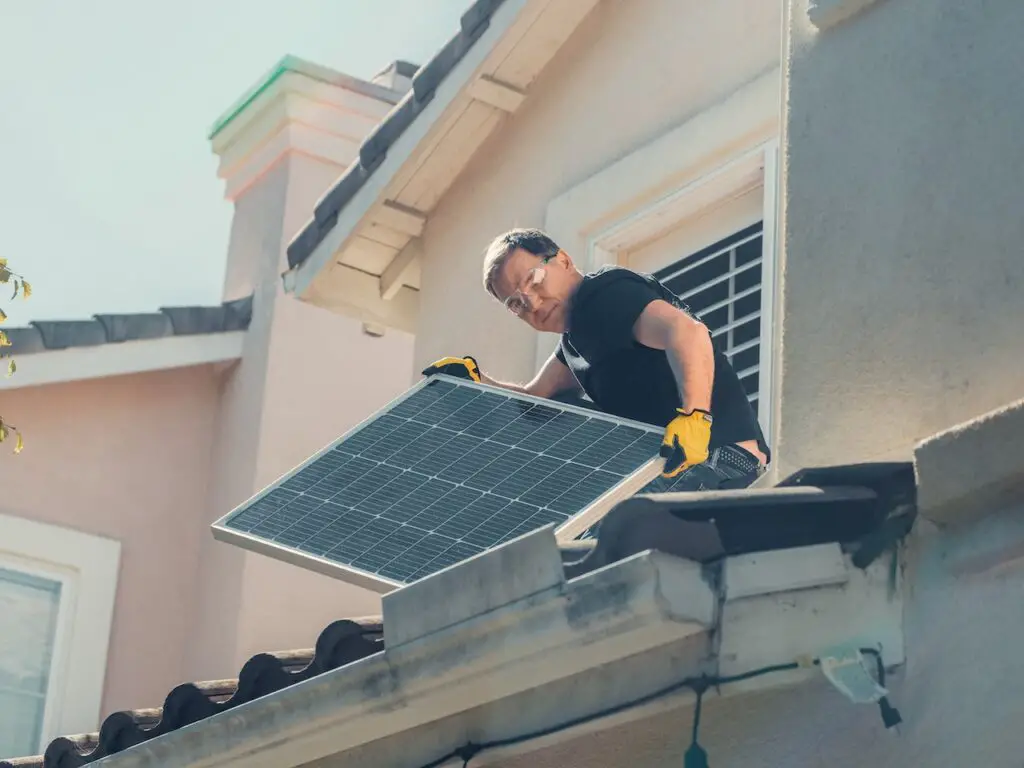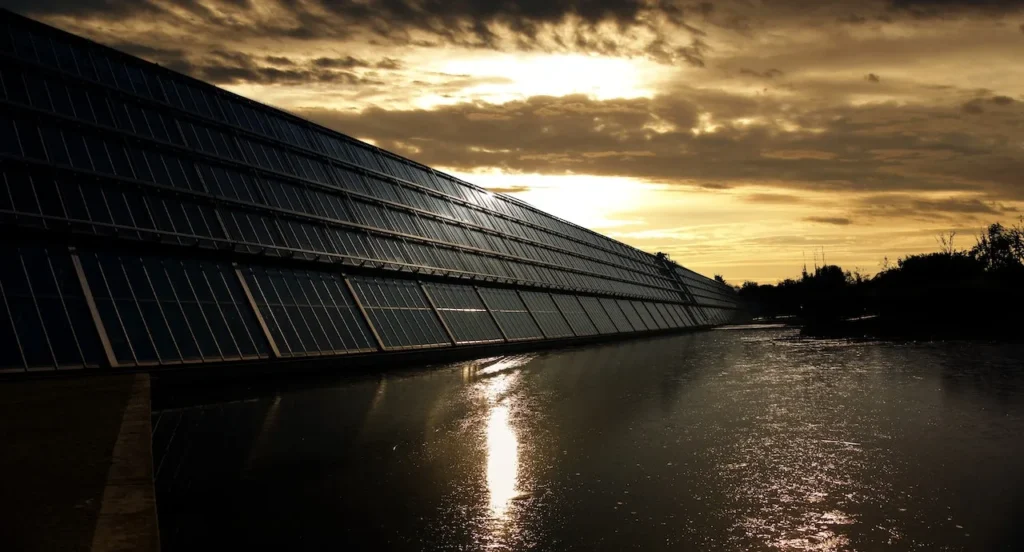Wind power is an incredible renewable energy source you should know about. By harnessing the power of the wind, electricity can be generated in an eco-friendly and sustainable manner. In this article, you’ll learn how wind power works and how it is transforming the energy landscape.
At the core of wind power are wind turbines, which convert the kinetic energy of the wind into electricity. These turbines function using the aerodynamic force from their rotor blades, similar to how airplane wings or helicopter blades work. When the wind flows across these blades, air pressure on one side of the blade decreases, creating lift and drag, and that’s the force that sets the turbine in motion.
Once the rotor starts spinning, it’s connected to a generator that produces electricity. This electricity can be used for various applications, making wind energy a versatile and powerful resource for meeting your energy needs. So next time you see a wind turbine spinning in the breeze, remember that it’s capturing the natural power of the wind to generate clean, renewable electricity for you and your community.
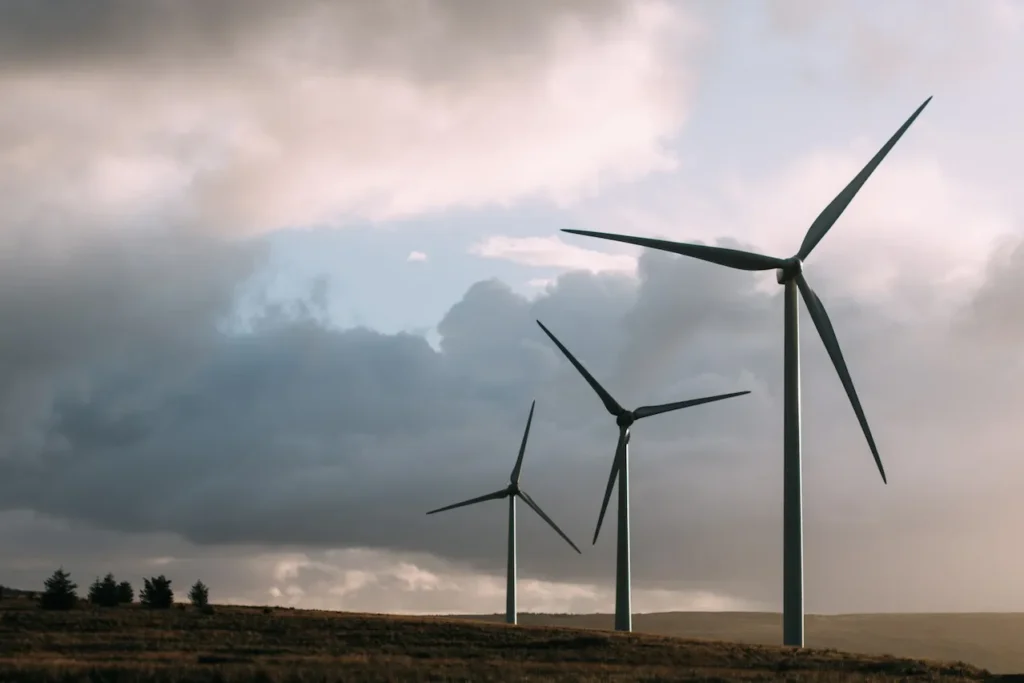
Wind Power Basics
As you explore the world of wind power, it’s essential to understand a few basics. Wind power works by harnessing the kinetic energy of the wind and converting it into electricity. Let’s delve into how this process takes place.
Wind Formation
Wind is formed due to the uneven heating of the Earth’s surface by the sun. As warmer air rises, cooler air moves in to fill the gap, creating wind. This wind can be captured and utilized for generating power through a system called wind turbines.
Wind Energy Conversion
A wind turbine is a device that turns wind energy into electricity by using the aerodynamic force from the rotor blades. These blades work like an airplane wing or helicopter rotor blade, creating lift and drag as the wind flows across them.
When the wind spins the blades, it rotates the rotor of the turbine, which is connected to a generator that produces electricity. The rotor spins a generator, converting kinetic energy into electrical energy that can be used in your home or sent to the power grid.
Understanding the mechanics and physics behind wind turbines will help you appreciate how wind power works and its potential as a clean and renewable energy source.
Types of Wind Turbines
In your exploration of wind power, you’ll come across two main types of wind turbines. By learning about these categories, you’ll better understand how they generate electricity from wind energy. Let’s dive into the details of each type.
Horizontal Axis Turbines
These are the most common type of wind turbine you’ll encounter. As the name suggests, horizontal axis wind turbines (HAWT) have a rotor axis that aligns horizontally with the ground. As EIA states, the size of the HAWT varies and the length of the blades is the biggest factor in determining the amount of electricity it can generate. When wind blows across the blades, lift and drag forces cause them to rotate, turning a generator that produces electricity (Department of Energy).
Vertical Axis Turbines
Vertical axis wind turbines (VAWT) are not as common as HAWTs, but they have some unique advantages. Unlike HAWTs, VAWTs have a rotor axis that is positioned vertically with respect to the ground. According to National Geographic, the main types of VAWTs are the Savonius and Darrieus designs. They function similarly to HAWTs by capturing wind energy to rotate blades connected to a generator, but VAWTs can catch wind from any direction, which can be helpful in areas with shifting wind patterns.
Now that you’re familiar with the different types of wind turbines, you can delve further into the specifics of how these designs generate electricity sustainably.
Wind Turbine Components
In this section, we’ll discuss the primary components of a wind turbine: the rotor, nacelle, tower, and foundation.
Rotor
The rotor is essential to capturing wind energy. Comprising turbine blades that work like airplane wings, the rotor captures the aerodynamic force of the wind, generating lift and drag. As the blades turn, they convert wind energy into mechanical energy (source) .
Nacelle
Located behind the rotor, the nacelle houses critical components like the main shaft, gearbox, and generator. When the rotor spins, it powers the main shaft, which then drives the generator to produce electricity (source).
Tower
The tower, typically made of steel or concrete, provides support and height for the rotor and nacelle, making the turbine more efficient by reaching stronger winds at higher elevations (source). The choice of tower height depends on factors such as terrain, wind profiles, and other site-specific conditions.
Foundation
The foundation anchors the wind turbine to the ground, ensuring stability and preventing unwanted movement. There are various foundation designs, including gravity-based, monopile, and floating foundations, each suited to specific site conditions (source).
Generating Electricity from Wind
Wind power, generated by wind turbines, transforms the kinetic energy of wind into electricity. This section will help you understand the process and the components involved in generating electricity from wind.
Electrical Components
The key component of a wind turbine is its rotor, which consists of blades that look like airplane wings. As wind flows across these blades, a difference in air pressure occurs, creating a lifting force that spins the rotor.
This spinning rotor is connected to a drive shaft, which turns an electric generator that ultimately produces electricity. [source]
Power Transmission and Distribution
Once electricity is generated, it is sent to a step-up transformer, where its voltage is increased for efficient transmission through power lines.
After traveling through the transmission lines, the electricity arrives at a substation, where its voltage is converted down for distribution to consumers, such as homes, businesses, and industries.
Environmental Impacts
When discussing wind power, it’s important to consider its environmental impacts. Let’s examine both the positive and negative effects.
Positive Effects
Wind energy is one of the cleanest and most sustainable ways to generate electricity. It produces no toxic pollution or global warming emissions, making it a better alternative to fossil fuels. Wind is also abundant, inexhaustible, and affordable, contributing to a greener future for you and the planet.
By harnessing wind power, you help reduce the reliance on fossil fuels, which in turn results in lower total air pollution and carbon dioxide emissions. This means cleaner air for you to breathe and a healthier environment for everyone.
Negative Effects
While wind energy has many benefits, there are some environmental concerns to consider. One issue is the harm wind farms can cause to wildlife, particularly birds and bats. source
It’s essential for wind farm projects to be well-planned and located in areas that minimize harm to wildlife. Some organizations, such as Audubon, support wind farms that follow these guidelines.
Noise pollution, caused by the movement of wind turbine blades, can also be a concern for those living nearby. However, technological advancements are constantly improving designs to minimize noise levels, making wind power more suitable for various environments.
Economic Factors
Job Creation
Wind energy positively impacts job creation. In fact, wind turbines operating in all 50 states have boosted the U.S. economy with investments in new wind projects added $20 billion in 2021. As a result, local communities and industries benefit from the increased demand for skilled workers, providing you with various opportunities in this sector.
Levelized Cost of Electricity
When evaluating the affordability of wind power, it’s essential to consider the levelized cost of electricity (LCOE), which accounts for factors like initial installation costs, operational and maintenance expenses, and energy production value. Though building a wind farm may require a high initial investment, such as $1.75 billion for 500 turbines, the long-term savings from a renewable resource can outweigh these costs. The more electricity a wind farm generates, the lower its LCOE becomes, making it an attractive option for energy generation.
When comparing wind energy with other sources like nuclear power, the total costs can be in the same range. For instance, the approximate $4 billion required to build a nuclear plant can be similar to a large wind farm when considering operation and maintenance costs and transmission lines. However, your preference for clean, renewable energy sources will help guide your decision on the best energy production method.

